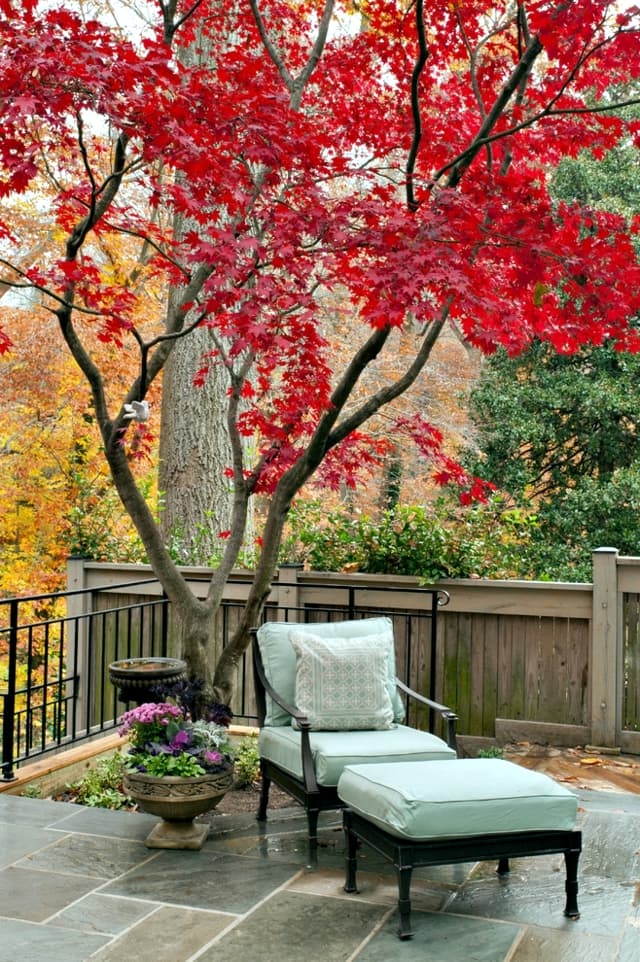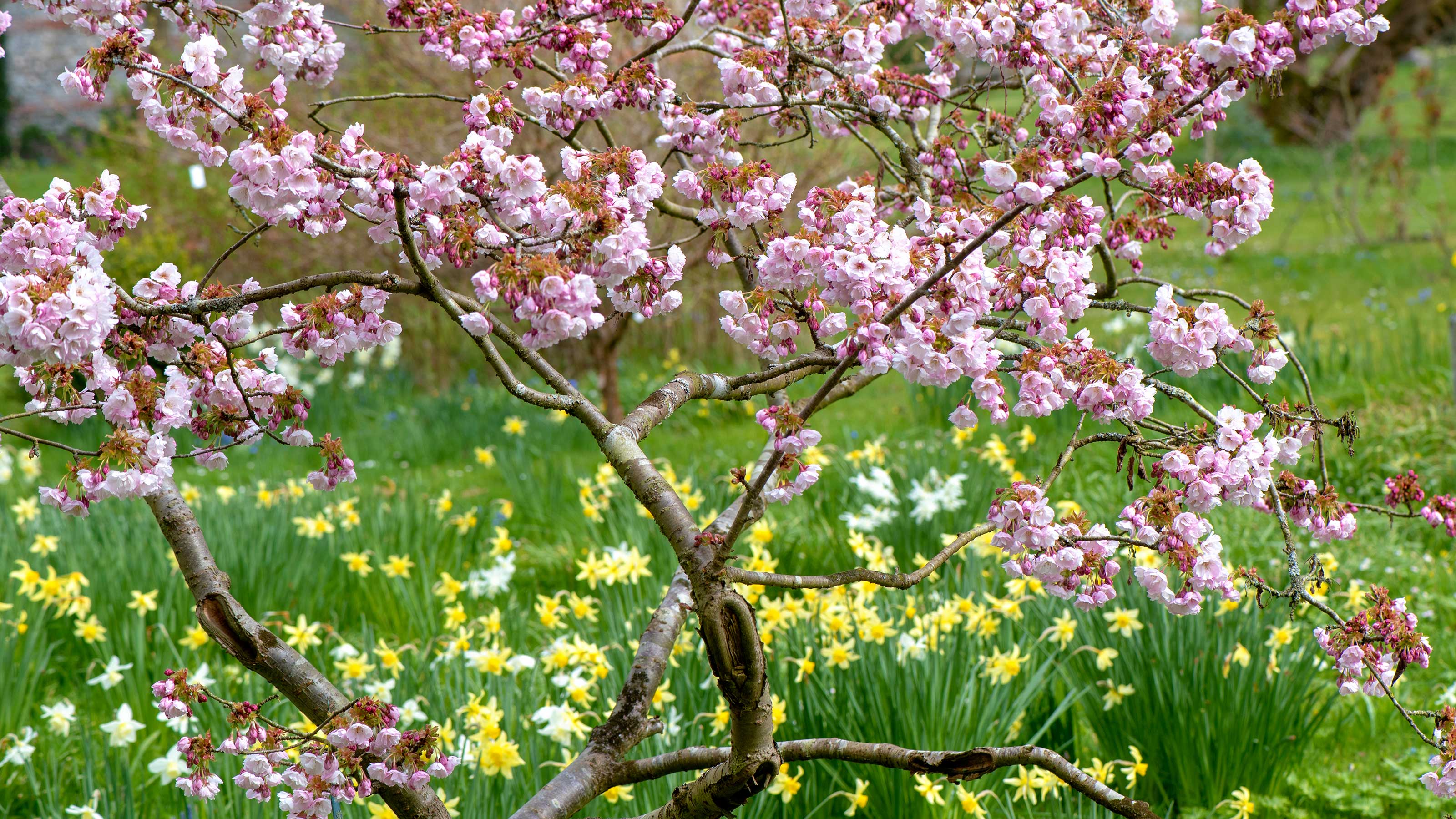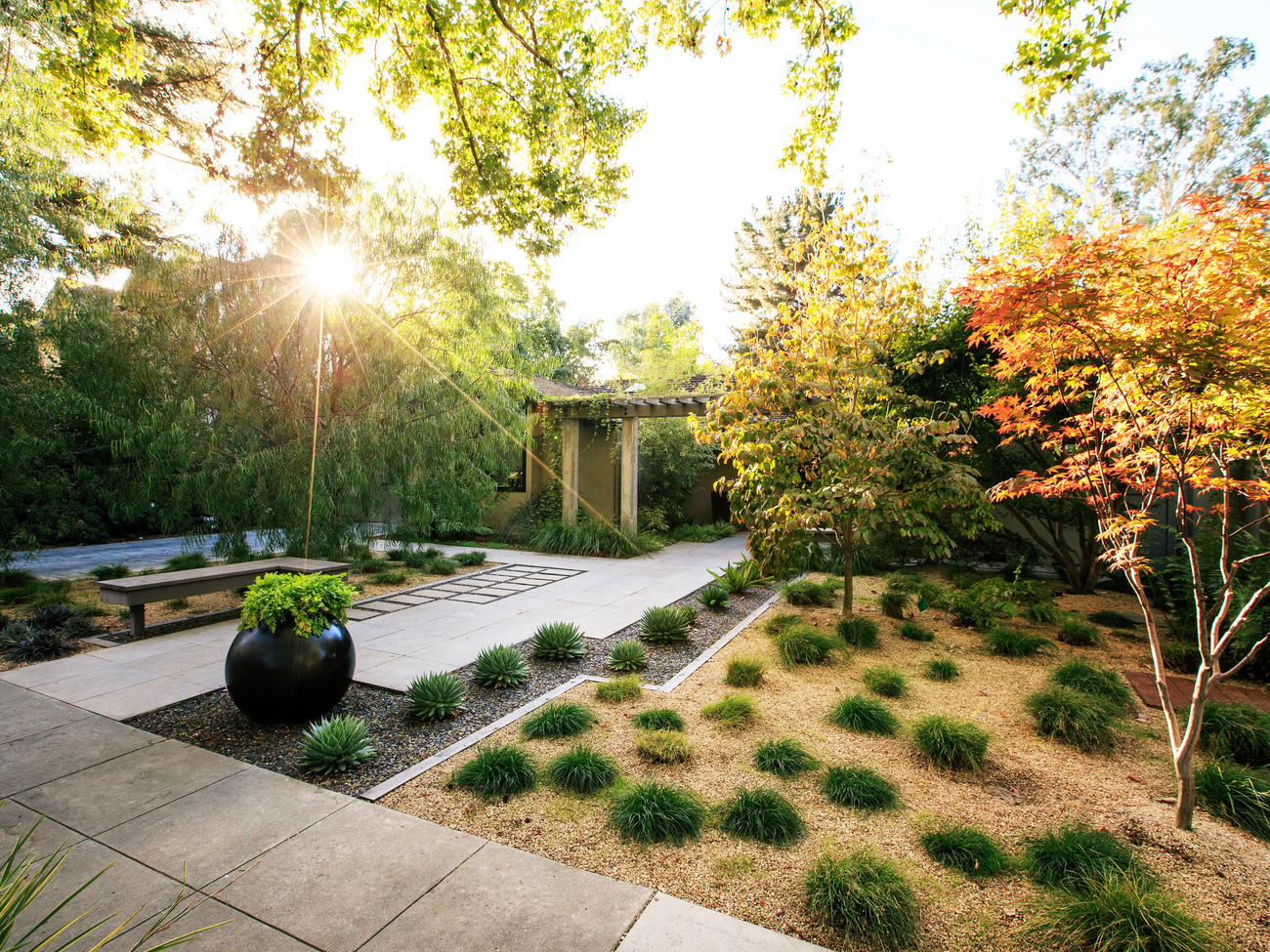Why Small Gardens Need Specialized Tree Selection
Small gardens, with their limited space and sunlight, present a unique set of challenges when it comes to tree selection. The compact nature of these outdoor spaces demands careful consideration of tree size, growth rate, and maintenance requirements to ensure the chosen tree thrives and enhances the overall aesthetic and functional value of the area. In fact, selecting good trees for small gardens can make a significant difference in creating a peaceful oasis that brings joy and relaxation to its users. By understanding the specific needs of small gardens, homeowners can choose trees that provide beauty, shade, and functionality without overwhelming the space.
Choosing the Perfect Tree for Your Compact Garden
Selecting the right tree for a small garden is crucial to creating a beautiful and functional outdoor space. When choosing good trees for small gardens, it’s essential to consider factors such as tree size, growth rate, and maintenance requirements. Compact trees that grow slowly or remain relatively small in stature are ideal for small gardens, as they won’t overwhelm the space. Some top tree species that thrive in compact spaces include dwarf apple trees, compact cherry trees, and small ornamental trees like crabapples. By considering these factors and choosing the right tree species, homeowners can create a stunning small garden that provides shade, beauty, and functionality.
How to Select Trees that Provide Year-Round Interest
When selecting good trees for small gardens, it’s essential to consider trees that offer seasonal interest, providing beauty and appeal throughout the year. Trees that offer year-round interest can add depth and visual appeal to small gardens, making them feel more spacious and inviting. Some examples of trees that fit this criteria include Japanese maples, known for their stunning foliage and vibrant autumn colors, and dogwoods, which offer showy flowers in the spring and attractive berries in the fall. Other options include trees with interesting bark, like river birch or paperbark maple, which add winter interest to the garden. By choosing trees that provide year-round interest, homeowners can create a dynamic and engaging small garden that remains beautiful throughout the seasons.
Space-Saving Tree Options for Small Gardens
When it comes to selecting good trees for small gardens, compact or dwarf varieties are often the best choice. These trees are naturally smaller in size, making them ideal for small gardens where space is limited. Dwarf citrus trees, such as dwarf Washington navel oranges or dwarf Meyer lemons, are popular options for small gardens, as they provide fresh fruit and require minimal pruning and maintenance. Compact conifers, like dwarf Alberta spruce or dwarf blue spruce, are another great option, as they add year-round interest and structure to the garden without overwhelming the space. These space-saving tree options offer numerous advantages in small gardens, including reduced pruning and maintenance needs, making them a great choice for homeowners looking to create a beautiful and functional outdoor space.
Native Trees for Small Gardens: Supporting Local Ecosystems
When selecting good trees for small gardens, it’s essential to consider native tree species that thrive in compact spaces. Native trees offer numerous benefits, including supporting local wildlife and reducing the risk of invasive species. By choosing native trees, homeowners can create a small garden that not only enhances the aesthetic and functional value of the outdoor area but also supports the local ecosystem. For example, native trees like the California redbud or the eastern redbud are excellent options for small gardens in the United States, as they provide stunning flowers in the spring and attractive foliage in the fall. Additionally, native trees often require less maintenance and care, as they are naturally adapted to the local climate and soil conditions. By incorporating native trees into small garden designs, homeowners can create a beautiful and functional outdoor space that also supports the local environment.
Tree Care Essentials for Small Gardens
Proper tree care and maintenance are crucial in small gardens, where good trees for small gardens can quickly become overwhelmed by neglect. Regular pruning is essential to maintain the shape and size of trees, as well as promote healthy growth and fruiting. Watering is also critical, especially in small gardens where soil can quickly dry out. It’s essential to water trees deeply but infrequently to encourage deep root growth. Fertilization is another vital aspect of tree care, as it provides trees with the necessary nutrients for healthy growth. However, it’s essential to choose a fertilizer specifically formulated for trees in small gardens, as over-fertilization can damage trees and the surrounding ecosystem. Regular monitoring and intervention are also necessary to prevent pest and disease issues, which can quickly spread in small gardens. By following these tree care essentials, homeowners can ensure their good trees for small gardens thrive and provide years of enjoyment.
Designing a Beautiful Small Garden with Trees as the Focal Point
When designing a small garden, incorporating good trees for small gardens as the central feature can create a visually appealing and functional outdoor space. To achieve this, it’s essential to consider the layout and planting strategy carefully. Start by selecting a tree that provides year-round interest, such as a flowering cherry or a Japanese maple, and position it in a prominent location. Then, choose complementary plants and hardscapes that enhance the tree’s beauty and create a cohesive look. For example, pair a dwarf conifer with low-maintenance groundcovers and ornamental stones to create a serene and inviting atmosphere. Consider the tree’s mature size and growth rate when selecting companion plants, and ensure they won’t compete with the tree for resources. Finally, accessorize with outdoor furniture and decorative elements that complement the tree’s style and create a sense of harmony in the garden. By following these design principles, homeowners can create a stunning small garden that showcases their good trees for small gardens and provides a peaceful retreat from the hustle and bustle of daily life.
Conclusion: Creating a Thriving Small Garden Oasis with the Right Trees
In conclusion, transforming a compact outdoor space into a beautiful and functional oasis requires careful consideration of the right tree selection and proper care. By choosing good trees for small gardens that thrive in compact spaces, homeowners can create a visually appealing and peaceful retreat. Whether it’s a flowering cherry, a Japanese maple, or a dwarf conifer, the right tree can provide year-round interest and enhance the aesthetic value of the outdoor area. Additionally, proper tree care and maintenance, including pruning, watering, and fertilization, are essential to ensure the tree’s health and longevity. By following the guidelines outlined in this article, homeowners can create a stunning small garden that brings joy and relaxation to its users. Remember, the key to a thriving small garden oasis is selecting good trees for small gardens that meet the unique challenges of compact spaces and providing them with the necessary care and attention. With the right tree selection and proper care, even the smallest of gardens can become a haven of beauty and tranquility.







